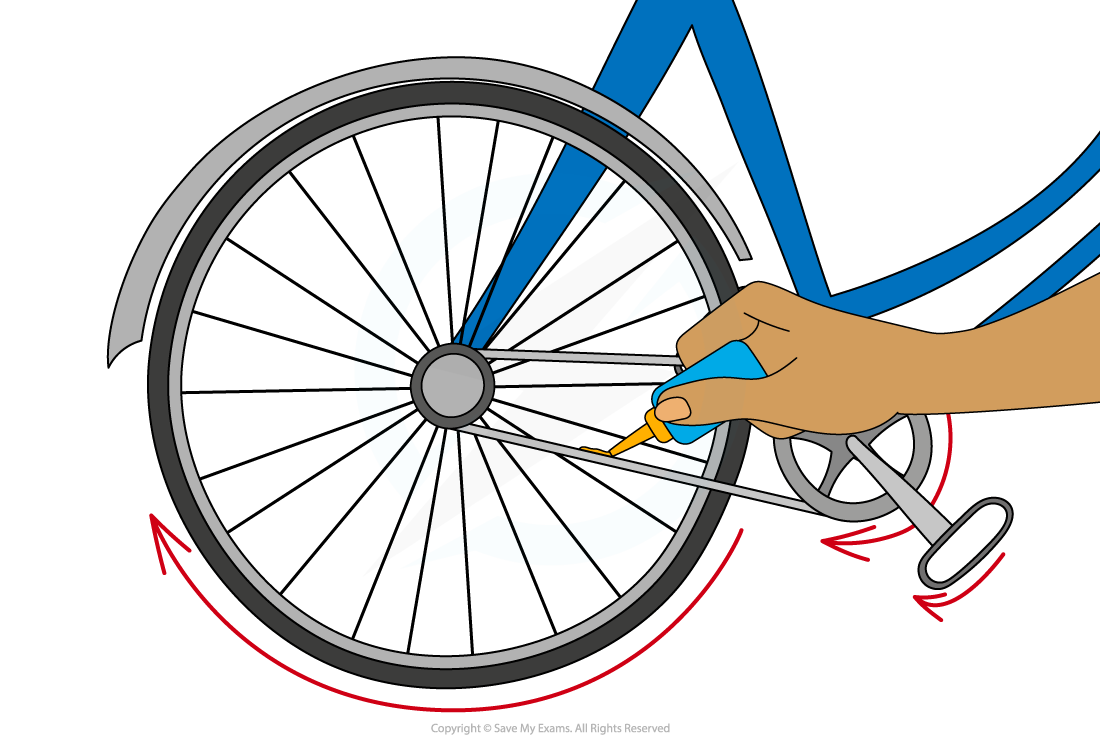Dissipation of Energy (Edexcel GCSE Physics): Revision Note
Exam code: 1PH0
Energy Loss
Unintended or wasted energy transfers are inevitable
There is no such thing as a perfect energy transfer
Most wasted energy transfers result in heating of the objects and the surroundings
We say this energy is dissipated (spread out) to the thermal store of the surroundings
Work done against air resistance, frictional forces, and resistance in wires all result in heating
That energy is transferred to the thermal store of the surroundings increasing the temperature of the air particles and surrounding objects
Once energy is in the thermal store of the surroundings, it can not be 'gathered' for any specific use
Therefore, it is referred to as wasted energy
Example 1: An Electric Kettle Boiling Water

Useful energy transfer
Energy is transferred by heating from the thermal store of the heating element in the kettle to the thermal store of the water
Unuseful energy transfers
Energy is transferred from the thermal store of the water to the thermal store of the kettle casing
Energy is transferred from the thermal store of the kettle casing to the thermal store of the surroundings and the temperature of the air in the room will increase slightly
Energy is transferred from the thermal store of the water to the thermal store of the surroundings as water evaporates
Example 2: An Electric Circuit Lighting a Filament Bulb

Useful energy transfers
Energy is transferred from the chemical store of the bulb to the thermal store of the filament wire (the fact that the filament wire glows hot is how the light is produced)
Energy is transferred from the thermal store of the filament wire to the thermal store of the surroundings by radiation as visible light (EM radiation)
Unuseful energy transfers
Energy is transferred from the chemical store of the cell to the thermal store of the wires due to resistance
Energy is transferred from the chemical store of the cell to the thermal store of the bulb casing (the metal and glass that make up the bulb)
Energy is transferred from the thermal store of the filament wire to the thermal store of the surroundings (most of the energy transferred away from the bulb is by heating rather than as light)
Examiner Tips and Tricks
Make sure you are able to identify different types of "useful" and "wasted" energy as this is commonly tested in exams!
Mechanical Loss
Mechanical processes can become wasteful when they cause a rise in temperature
These processes often involve friction
When friction acts, it has the effect of transferring energy from the kinetic store by heating to the objects and the surroundings
This energy cannot be used in a useful way, therefore it is called wasted energy
Energy that is transferred to the surrounding is said to be dissipated (spread out) to the surroundings
Friction is a major cause of wasted energy transfers in machines
For example, the gears on a bike can become hot if the rider has been cycling for a long time
Energy is transferred wastefully from the kinetic energy store of the bike to the thermal energy store of the gears and the chain
Since the energy is originally transferred from the kinetic store of the rider to the kinetic store of the bike, this means that the person has to do more work to make the bike move
This wasted energy transfer can be reduced if the amount of friction can be reduced
This can be achieved by lubricating the parts that rub together

Lubrication helps reduce friction in the parts of a cycle
Reducing Energy Loss
There are many situations where energy transfers are actually unwanted:
Keeping a house warm
Keeping a hot drink hot or cold
Friction of mechanical parts

Insulated mugs are used to maintain the temperature of hot or cold drinks
When an appliance is used for heating something (a kettle, a heater, a tumble drier, a central heating system etc.), the appliance requires a lot of energy
It can become expensive for a household to run such appliances
The production of electricity using fossil fuels produces greenhouse gases which contribute to global warming
The combustion of (methane) gas produces greenhouse gases which contribute to global warming
Therefore, it is often useful to explore ways of reducing unwanted energy transfers
Energy that is dissipated to the surroundings is often the main source of wasted energy transfers
If these unwanted energy transfers can be prevented, or reduced, the useful energy transfers can be made more efficient
Insulation
Insulation reduces energy transfers from conduction
The effectiveness of an insulator is dependent upon:
The thermal conductivity of the material
The lower the conductivity, the less energy is transferred
The density of the material
The more dense the insulator, the more conduction can occur
In a denser material, the particles are closer together so they can transfer energy to one another more easily
The thickness of the material
The thicker the material, the better it will insulate
Insulating the loft of a house lowers its rate of cooling, meaning less energy is transferred to the surroundings (outside)
The insulation is often made from fibreglass (or glass fibre)
This is a reinforced plastic material composed of woven material with glass fibres laid across and held together
The air trapped between the fibres makes it a good insulator
The gaps or cavities between external walls are often filled with insulation
This is called cavity wall insulation
This is often done by drilling a hole through the external wall to reach the cavity and filling it with a special type of foam which is made from blown mineral fibre filled with gas
This lowers the conduction of heat through the walls from the inside to the outside

Less energy is transferred by conduction if the cavity is insulated

Unlock more, it's free!
Did this page help you?